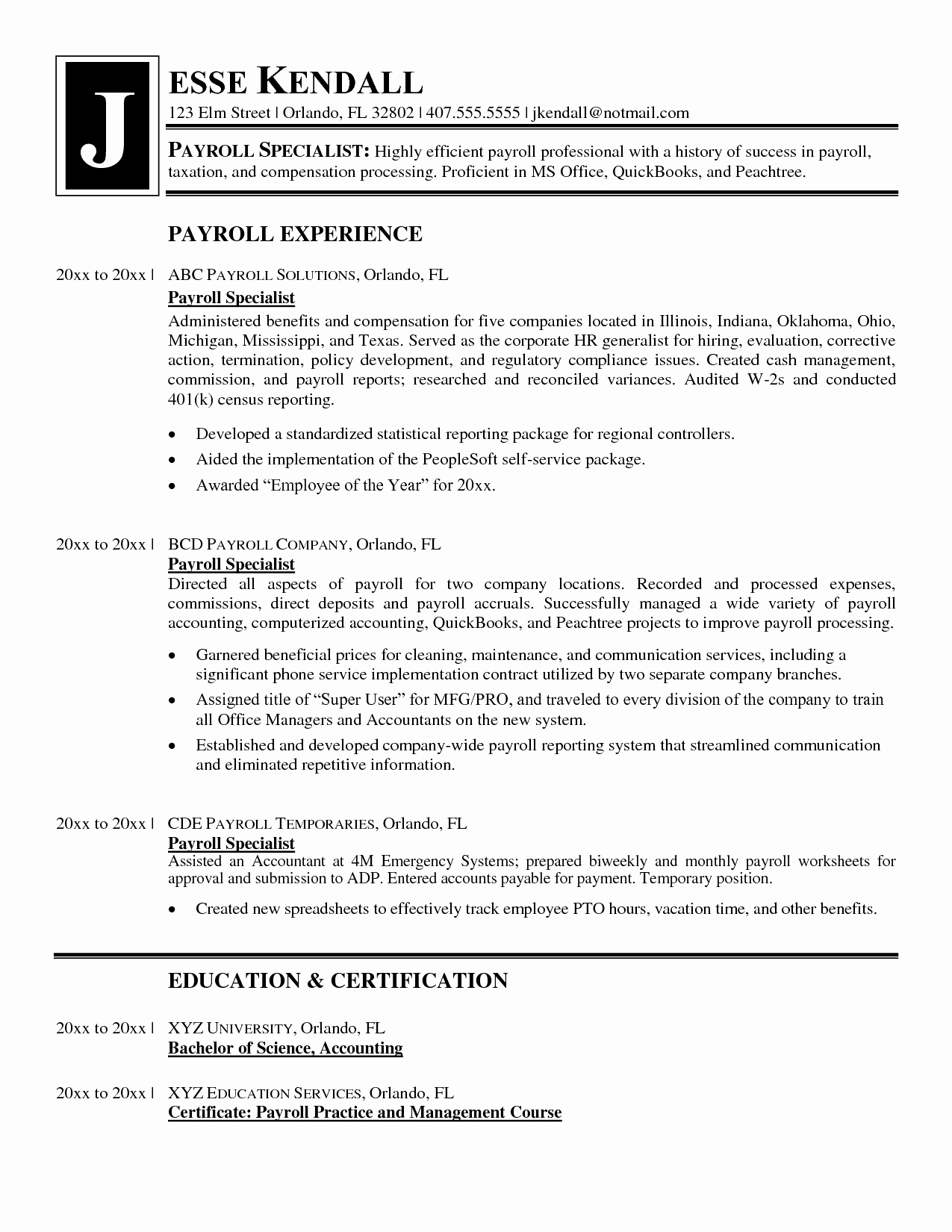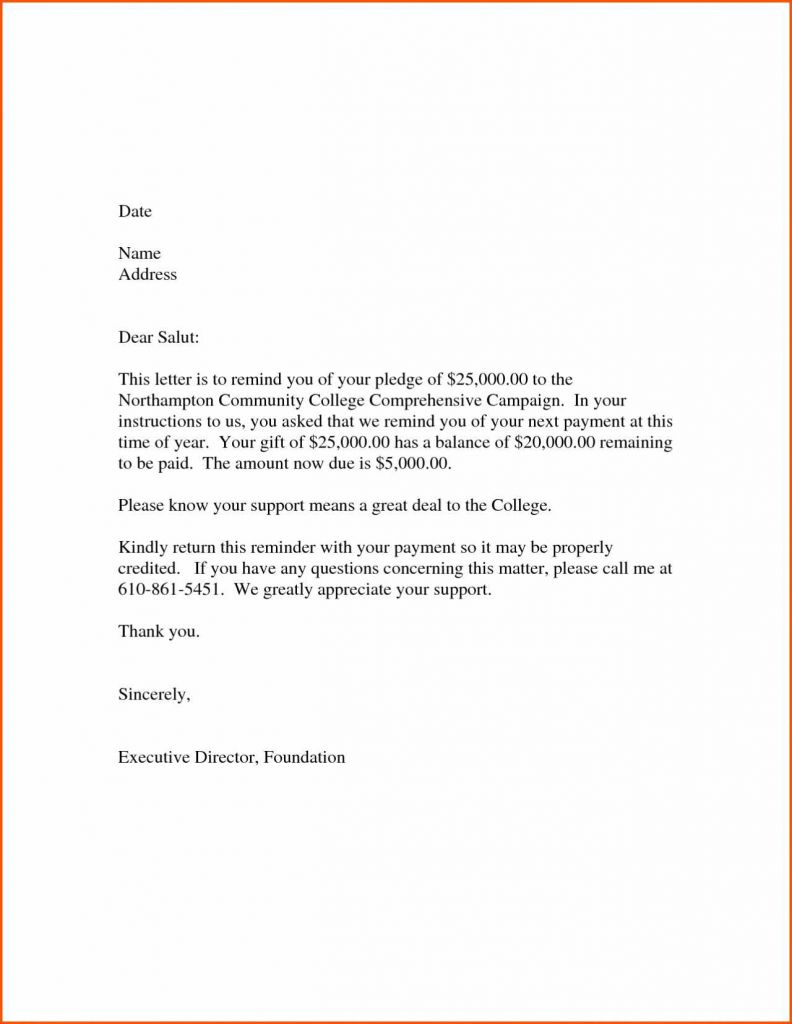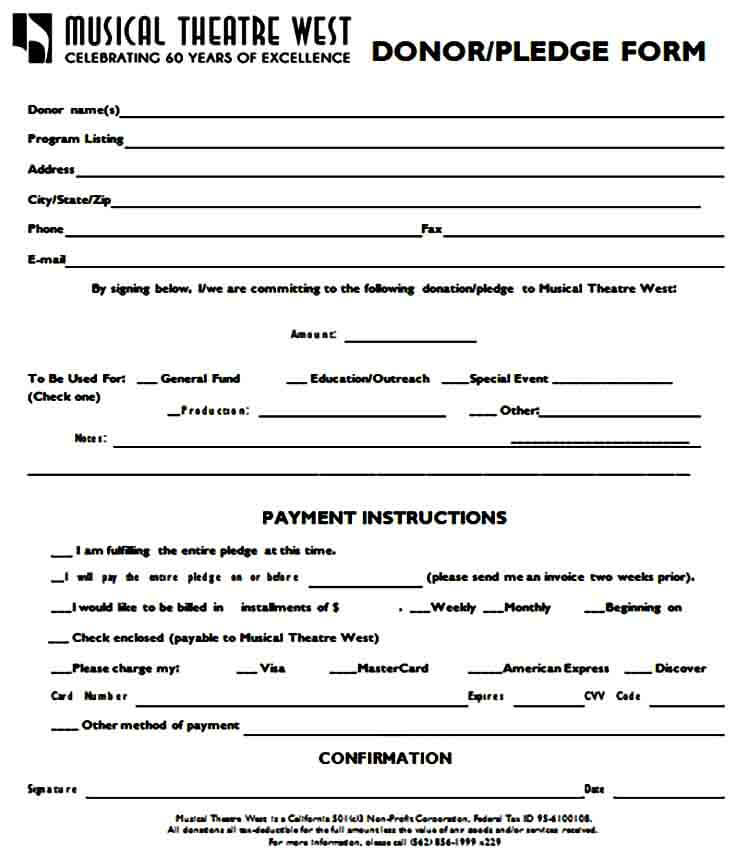
Writing a
Pledge Letter involves a formal expression of commitment or promise to achieve a specific goal, support a cause, or follow through on a course of action. It's a key tool for personal, organizational, or even community-level accountability. The purpose of such a letter can vary—from committing to personal growth, contributing to a cause, or adhering to a set of principles or guidelines.
Here’s a breakdown of how to write an effective
Pledge Letter, step by step, applying the theory practically:
1. Identify the Purpose of Your Pledge
- Why are you writing this letter?
The first step is to understand the intention behind the pledge. Are you pledging to support a cause, commit to a behavior, or reach a specific goal? The clearer your purpose, the more impactful and sincere your pledge will be.
- Example: Pledging to contribute to a community clean-up initiative.
Theory Application: The pledge should align with your values and the cause you’re supporting. The more personal and authentic it feels, the stronger the impact will be. Define your mission or commitment concisely.
2. Start with a Formal Greeting
- Who is the recipient of the letter?
The letter should begin with a formal or respectful greeting, especially if it’s directed to an organization or authority.
- Example: “Dear [Recipient Name or Title],”
Theory Application: This is important for maintaining a formal tone and showing respect, which is essential for establishing trust and seriousness about your pledge.
3. State the Pledge Clearly
- What are you committing to?
Clearly outline the action or behavior you are promising to undertake. Be specific and actionable.
- Example: "I pledge to contribute 10 hours every month to the community clean-up effort, ensuring I actively participate in maintaining the beauty of our local parks."
Theory Application: This is the heart of the letter. A clear and well-defined pledge makes it easier to keep track of your commitment, and adds accountability. Avoid vague language like "try" or "hope"—instead, use definitive terms like "will," "commit," and "promise."
4. Explain Why You Are Making the Pledge
- What motivates you?
Explain the reasons behind your pledge. Why does this matter to you? Why is this commitment significant? This can help personalize your pledge and show that it's driven by genuine intent.
- Example: "I have always believed that a clean environment fosters community well-being, and I feel it's my responsibility to take direct action towards preserving the natural beauty of our surroundings."
Theory Application: Sharing personal motivations strengthens the emotional appeal of your pledge. The reader can sense your sincerity, making the pledge more relatable and inspiring.
5. Outline the Actions You Will Take
- What steps will you take to fulfill the pledge?
It's crucial to outline the concrete actions you plan to take. This creates a sense of clarity and helps manage expectations.
- Example: "I will coordinate with the local environmental group to participate in bi-monthly clean-up events and will also encourage others in my community to join this effort."
Theory Application: Clear steps give your commitment structure. By being detailed, you make it easier to hold yourself accountable.
6. Acknowledge the Impact of Your Pledge
- What will the outcome be?
Reflect on the positive changes your actions will bring. Acknowledge the broader impact your pledge can have—whether it's on yourself, the community, or the environment.
- Example: "I believe that this small effort, when combined with others, will help make our parks cleaner and safer, benefiting families and wildlife in the long term."
Theory Application: This gives your pledge a sense of purpose and broader significance. It ties your personal action to a greater cause, helping you maintain motivation.
7. End with a Closing Statement
- Reaffirm your commitment
End by reaffirming your pledge, ensuring you express confidence and determination to follow through. You can also invite others to join in or express gratitude for the opportunity to contribute.
- Example: "I am committed to fulfilling this pledge and look forward to contributing to our shared goal. Thank you for the opportunity to be part of this initiative."
Theory Application: A strong conclusion reinforces your commitment and leaves the reader with a positive, confident impression of your pledge.
8. Sign the Letter
- Seal your commitment
Sign your letter at the end to formally close it. If it’s a printed letter, add your signature for an added sense of formality.
- Example: “Sincerely, [Your Full Name]”
Theory Application: Signing the letter makes the pledge more formal and personal, giving it a sense of closure and accountability.
Bonus: Follow-Up Mechanism
- How will you check in?
Some people choose to add a follow-up mechanism or a timeline for reassessing their pledge. This can help keep you accountable.
- Example: “I will send quarterly updates to the local committee regarding the number of hours contributed and the impact of the efforts.”
Theory Application: Adding a follow-up mechanism enhances accountability. It signals that the pledge isn't just a one-time commitment, but something you plan to actively monitor and adjust over time.
Example of a Full Pledge Letter:
Dear [Recipient Name],
I am writing this letter to pledge my commitment to supporting the community clean-up initiative in our town. I pledge to contribute 10 hours every month to the community clean-up efforts, ensuring I actively participate in maintaining the beauty of our local parks.
I have always believed that a clean environment fosters community well-being, and I feel it's my responsibility to take direct action towards preserving the natural beauty of our surroundings. By joining these clean-up events, I aim to make a tangible difference, not just for today but for future generations who will enjoy these parks.
I will coordinate with the local environmental group to participate in bi-monthly clean-up events and will also encourage others in my community to join this effort. I believe that this small effort, when combined with others, will help make our parks cleaner and safer, benefiting families and wildlife in the long term.
I am committed to fulfilling this pledge and look forward to contributing to our shared goal. Thank you for the opportunity to be part of this initiative.
Sincerely,
[Your Full Name]
Mind-Blowing Insights:
- Commitment and Accountability: By following this structured approach, you are not just committing to an action, you are creating a detailed plan that fosters accountability. Writing it down solidifies your intent and provides a tangible record that can be revisited.
- Personal Connection: The key to making your pledge impactful is not just writing what you plan to do, but deeply understanding and expressing why it matters. The emotional connection can fuel your motivation, especially when things get tough.
- Clear Steps: By outlining specific actions, your pledge avoids vagueness, which is often a downfall in making real change. The practical steps ensure your commitment isn’t just a noble intention but something actionable.
By applying these steps, you turn an abstract promise into a well-defined, actionable plan with accountability built into the process. The theory of writing a pledge letter becomes a powerful tool for making real commitments that stand the test of time!
 Writing a Pledge Letter involves a formal expression of commitment or promise to achieve a specific goal, support a cause, or follow through on a course of action. It's a key tool for personal, organizational, or even community-level accountability. The purpose of such a letter can vary—from committing to personal growth, contributing to a cause, or adhering to a set of principles or guidelines.
Here’s a breakdown of how to write an effective Pledge Letter, step by step, applying the theory practically:
Writing a Pledge Letter involves a formal expression of commitment or promise to achieve a specific goal, support a cause, or follow through on a course of action. It's a key tool for personal, organizational, or even community-level accountability. The purpose of such a letter can vary—from committing to personal growth, contributing to a cause, or adhering to a set of principles or guidelines.
Here’s a breakdown of how to write an effective Pledge Letter, step by step, applying the theory practically:





Comments
Post a Comment